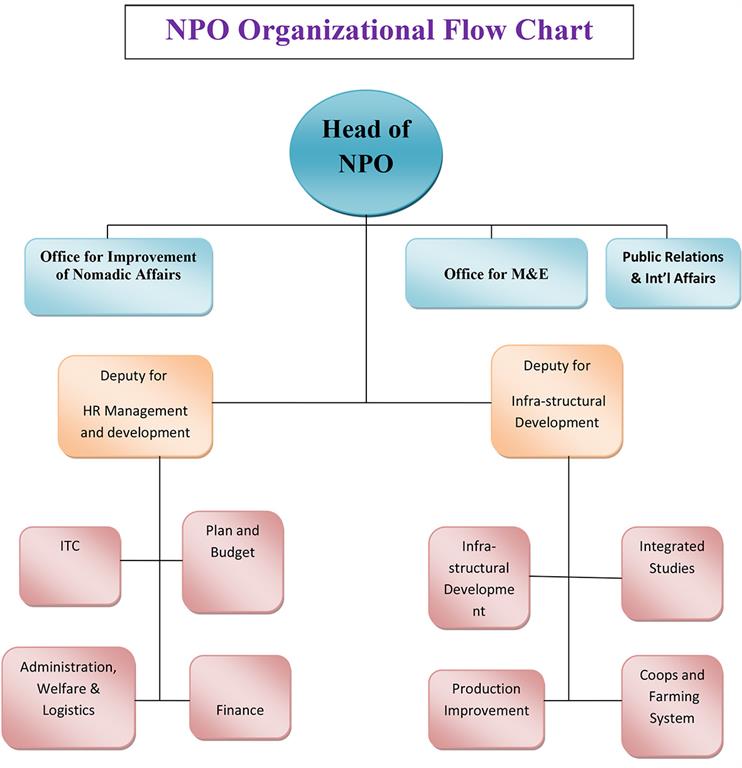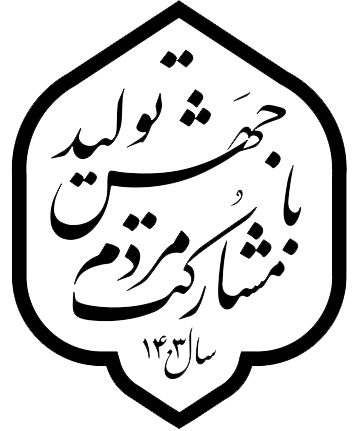Nomadic People’s Organization
Nomad population:
Based on the latest census on moving nomadic community, made in 2008, they constitute 1.186.830 individuals under 212.662 households and 667 tribes. Recent population data displays only 0.2% growth rate in 2014, reaching to 1.189.120 nomads .
Objective:
Re-organization of nomadic livelihoods trough rendering tailor-made services towards improved Socio-economic, cultural and occupational status of their community.
Certain nomadic capabilities traced in their communities
1. Round about 60% of rangeland domain are situated in remote border line or in strategic military-security premises. Nomads settling in such habitats deserve precious role in border guarding and in ensuring security considerations.
2. Nomads, upon their authentic motion and settlement behaviors, rely on range resources and convert into added-value in terms of animal agro-crops commodities. Rangeland tracks where are only allotted and grazed by nomadic herds, assume as economic patches and hence, every nomadic tent inspires a productive workshop.
3. Base on the latest census, Nomads’ population are shaped in 552 tribes bearing more than 1,152,100 individuals under 180,233 households with family dimension around 6.4 who are scattered in 29 provinces. They pose greatest population in Fars (141,315 individuals = 11.91% of total), followed by Kerman, Sistan & Baluchestan and Khuzestan (each more than 8%).
4. They deserve roughly 2% of the national population but supply 20% of total red meat requirements by raising 24 million heads of various animals. Moreover, they are scattered on 38% of fertile rangelands (59% of total lands) and having crucial role in protein, dairy and handicrafts production.
Nomadic People’s Organization (NPO) and its mission and vision
The NPO has categorized its developmental strategies within 4 integrated interventions:
1. Integrated investigation of nomad-prone areas;
2. Operational sequences of sedentarization;
3. Substitution of wood/charcoal by fossil fuels;
4. Rendering logistic services to moving tribes;
General Scopes foreseen in Development Outlook of the Nomadic Community
i) Securing social justice via alleviating deprivation and discrimination in Nomadic communities compared to rural/urban societies;
ii) Re-organization and enhancement of Moving Nomadic tribes' livelihoods by employing due socio-economic and cultural means as well as environmental balances/considerations;
iii) Exercising cultural engineering and conservation of Iranian-Islamic identity and heritages amid Nomadic communities
Strategies
1. Identification and mobilization of capable areas within the context of nomadic ecological habitats for due guiding and encouraging volunteer nomads for sendentarization;
2. Detection and directing needed inputs/resources for production to diverse economic activities in favor of higher revenue under moving or sedentary circumstances;
3. Recognition and registration of range-use rights and ceding their management to nomadic community for sound exploitation and enrichment of rangeland premises and natural resources supervised by relevant institutions;
4. Employing updated know-how and findings for greatest adaptation of nomadic life–style with natural features leading to their higher living quality;
5. Extension of formal / informal trainings, literacy and skills in nomadic society using capacities/capabilities of concerned organizations.
6. Creation and escalation of CBOs to draw further nomadic participation into decision–making process relying on socio-economic and cultural settings and local leadership;
7. Ensuring and intensifying socio-economic security, protective services, health–care insurance specially covering nomadic productions to eradicate poverty as well as bridging gaps amid nomads and other communities;
8. Upgrading socio-economic cultural and human development indices of nomadic community and closing them to mean national rural standards;
9. Setting and appropriating of the administrative affairs in affiliated institutions for assuming proper shares proportional to nomadic population and allowing them to enjoy public facilities, services and opportunities assisted by all stakeholders concerned;
10. Protection and documentation of nomad culture, folklores, indigenous knowledge followed by advocating eco-tourism intervention over nomadic premises regarding their potentials at natural, social and cultural scales;
4 main scopes adopted by the NPO
1. Securing social justice via poverty eradication amid nomadic communities and narrowing the gaps between nomadic community and rural/urban societies;
2. Organization of migration and sedentarization schemes for nomadic tribes;
3. Forwarding social development, cultural engineering, Iranian-Islamic identity protection and nomadic heritages/values conservation;
4. Upgrading nomadic livelihoods trough improving human resources, productivity, occupation and incomes in their community;
Summing up NPO’s performance
The NPO has totally implemented 1312 projects in various fields including sedentarization, logistics, studies and fuel substitution schemes as displayed in the table below:
|
Project |
Activity |
Quantity |
|
Sedentarization of nomadic community |
Construction or completion of access roads |
247 km |
|
Drinking–water supply by piping |
173 km |
|
|
Water channels |
254 km |
|
|
Medium–voltage electrification line |
141 km |
|
|
Drilling wells and installations |
156 sets |
|
|
Land grading |
70 ha |
|
|
Reservoir ponds |
5950 m3 |
|
|
Logistic services to moving tribes |
Animal trough |
247 |
|
Qanat renovation and de-siltation |
27 lines |
|
|
Springs restoration |
193 |
|
|
Training nomads |
23600p/d |
|
|
Road maintenance |
5117 km |
|
|
Road rehabilitation |
785 km |
|
|
Building roads for nomad’s motion |
244 km |
|
|
Water supplying for nomads |
171567 households |
|
|
Water reservoir |
15700 m3 |
|
|
Drilling and installing new wells |
46 sets |
|
|
Construction of water–cistern |
2077 m3 |
|
|
Ablution |
101 units |
|
|
Fuel substitution |
Distribution of gas-capsules |
245560 |
|
Training/extension for fossil–fuel substitution |
4345 p/d |




